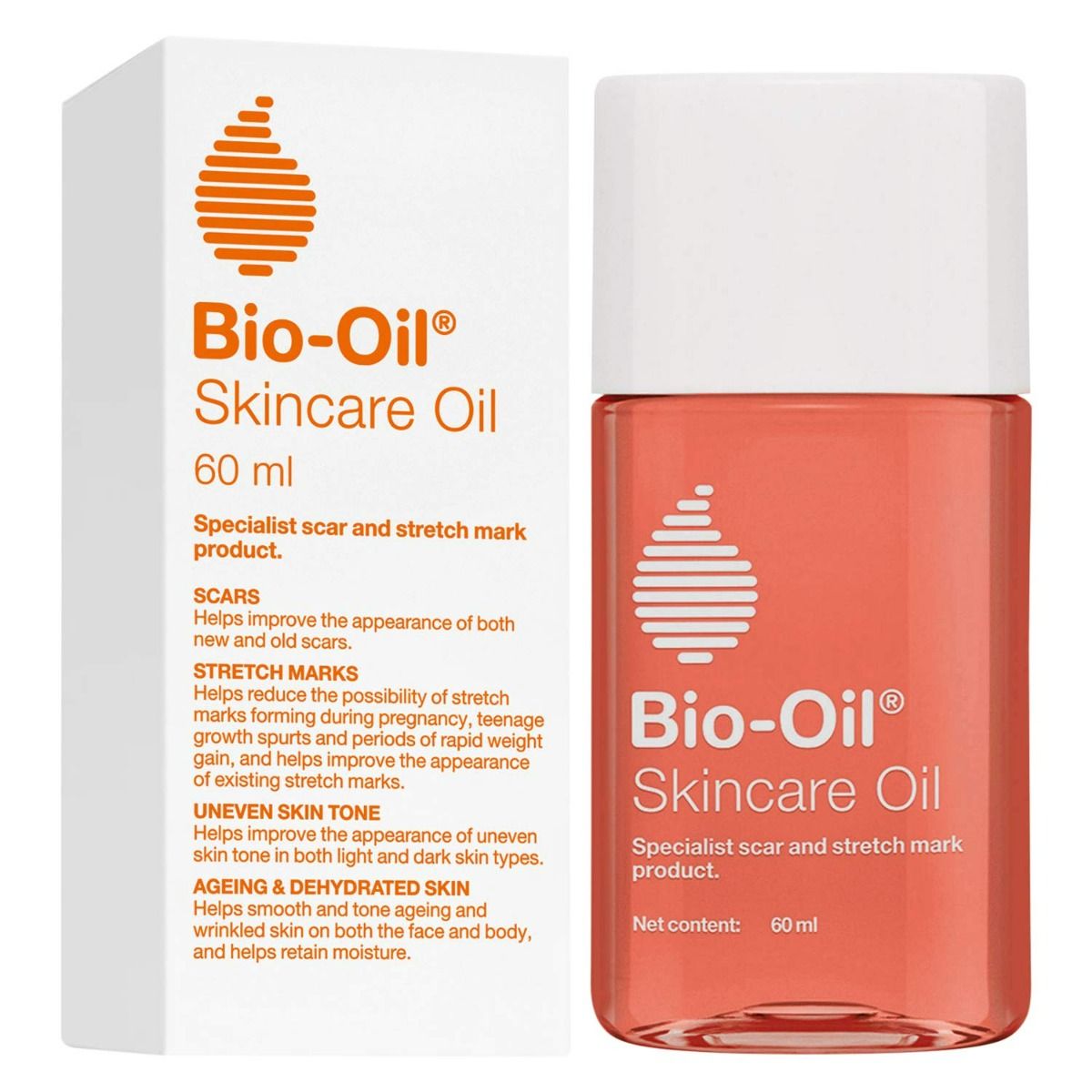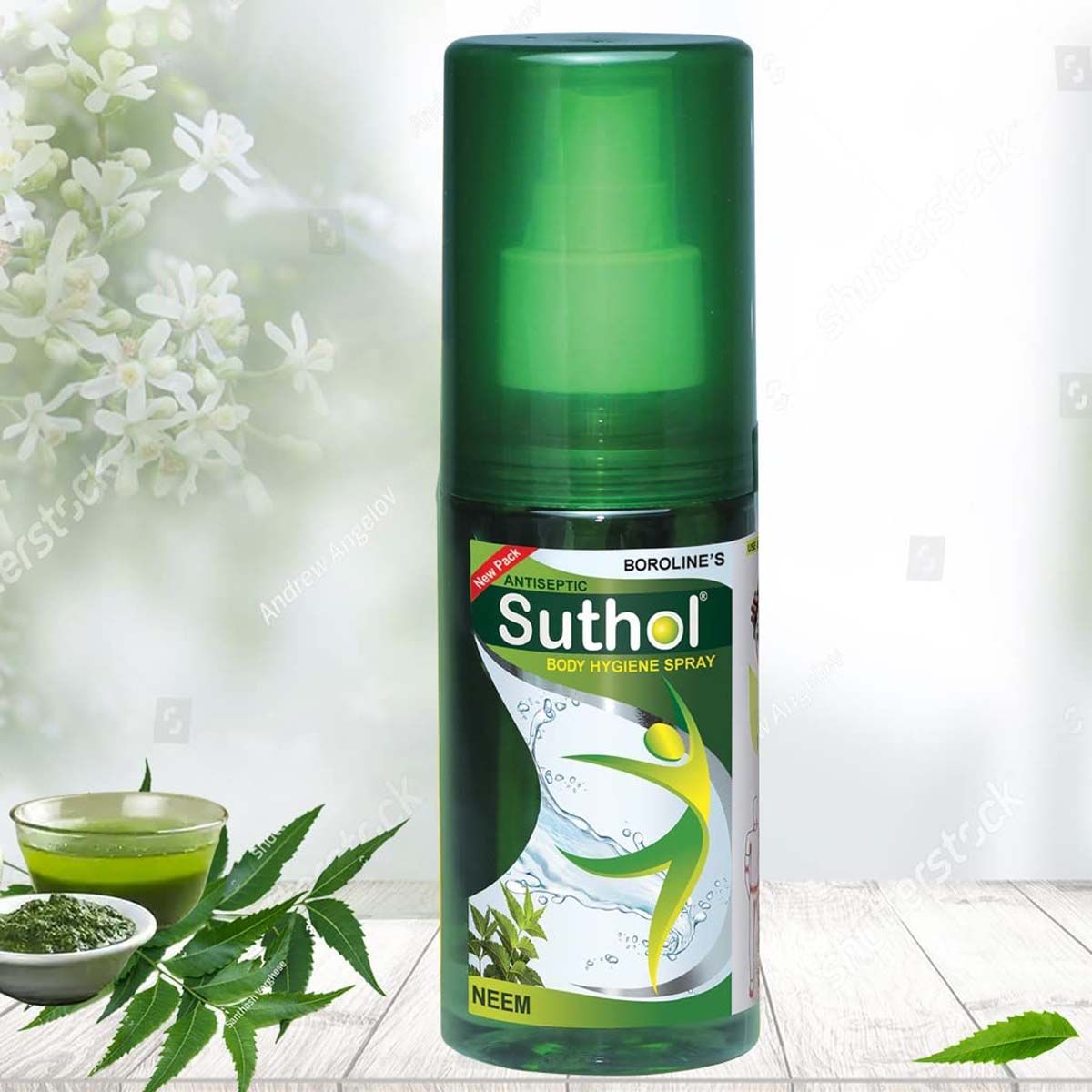After an intense workout, it’s natural to experience muscle aches, stiffness, and general soreness, especially when you’ve challenged your body beyond its usual limits. These sensations occur due to tiny microtears in the muscle fibres, which are part of the body’s normal recovery and strengthening process. To manage this discomfort and accelerate recovery, many fitness enthusiasts rely on topical products designed to deliver targeted relief to affected areas. Among the most commonly used options are cooling gels and warming oils, both of which serve unique and complementary purposes in post-exercise care.
Cooling gels offer an instant, refreshing sensation that helps reduce inflammation, swelling, and pain, making them ideal after high-intensity workouts or endurance training. They often contain ingredients like menthol or camphor that cool the skin, constrict blood vessels, and soothe overworked muscles. In contrast, warming oils work by gently increasing blood circulation, helping to relax tight muscles, ease stiffness, and improve flexibility—perfect for activities that involve strength training, stretching, or yoga. The choice between these two depends on your specific recovery needs, the intensity of your workout, and how your body responds to temperature-based therapy. In this guide, we’ll explore the key differences, benefits, and usage tips for both cooling gels and warming oils, so you can choose the right approach for a faster, more effective, and personalised post-workout recovery routine.





